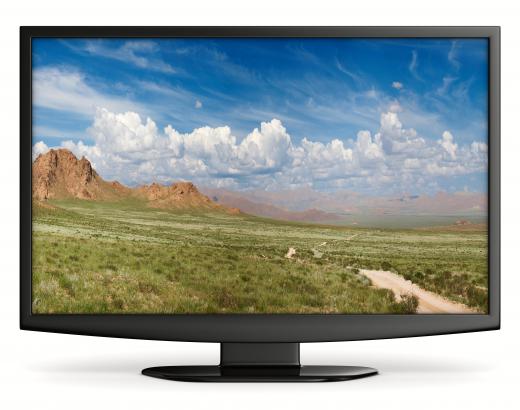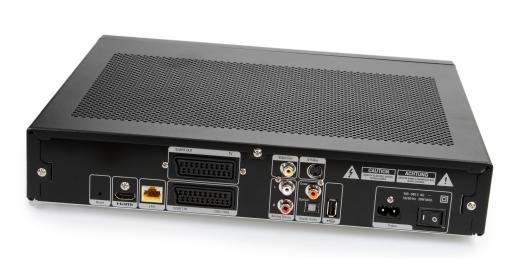What Is a Digital Cable Signal?
Digital cable signals are used to transmit data through terrestrial cable systems. The primary advantage of a digital cable signal over an analog signal is the ability to transmit more data within the same bandwidth. Traditional cable systems use channels that each take up 6MHz, but a digital cable signal that occupies that same bandwidth can transmit either two high definition (HD) channels or 10 standard definition (SD) channels. Digital cable signals can also broadcast music stations, carry on-demand content, and provide Internet connectivity. The first digital cable systems were implemented in the 1980s, and most carriers offered some type digital service by the year 2000.
Early cable systems were designed to relay over the air (OTA) broadcasts to remote and inaccessible communities. To that end, they essentially just rebroadcast the analog OTA signals over physical cables. Since each OTA channel occupied 4.8MHz of bandwidth, and cable systems required a small amount of extra bandwidth for modulation, each channel was allotted 6MHz of bandwidth. Throughout the years, 6MHz has remained the standard bandwidth allotment for cable television channels. Since terrestrial cable systems have a limited amount of bandwidth, they can only carry a finite number of 6MHz signals.

In the late 1980s, the first digital cable system was designed and tested. Due to data compression, it was shown that a 6MHz digital cable signal could transmit a larger amount of data than a traditional analog signal. The adoption of this new technology took a number of years, though a higher demand for more channels, on-demand content, and other types of data helped spur the implementation of digital cable systems. This is due to the fact that modern digital cable systems can carry more channels than the older analog systems. Digital transmissions also allow additional music channels, on-demand content, and Internet data to be carried over existing cable infrastructure.

Digital cable is not synonymous with high definition television, though a digital cable signal is capable of transmitting HD programming. About 38Mbit/s of data can be transmitted over each 6MHz channel block, which can be split up in a variety of different ways. One 6MHz block can carry two full HD channels, and digital cable signals are capable of transmitting in 720p or 1080i. Standard definition programming can also be carried on a digital cable signal, and each 6MHz block has enough space for about 10 SD channels, including video programming that conforms to the enhanced definition television (EDTV) 480p standard.
AS FEATURED ON:
AS FEATURED ON:













Discuss this Article
Post your comments